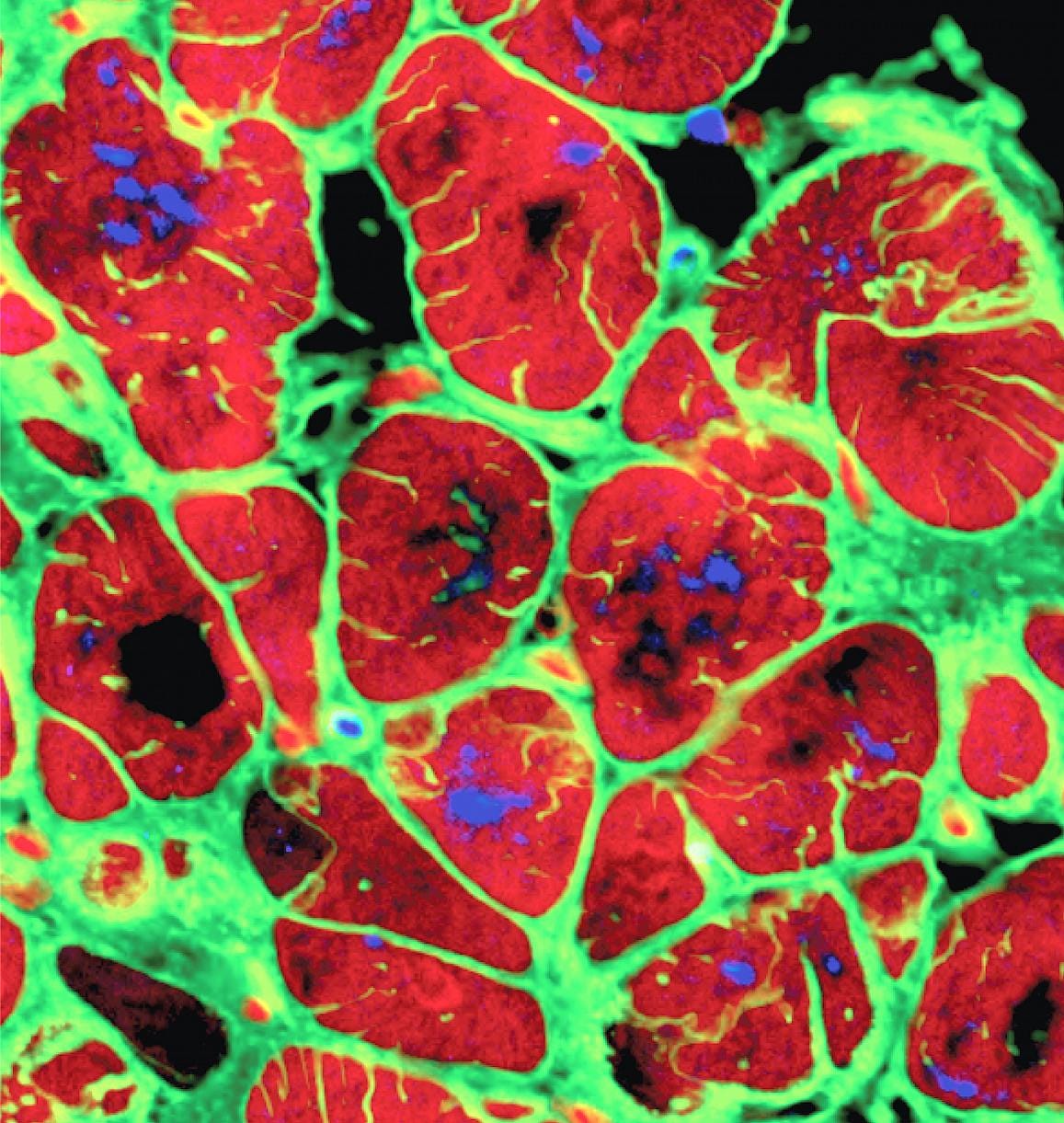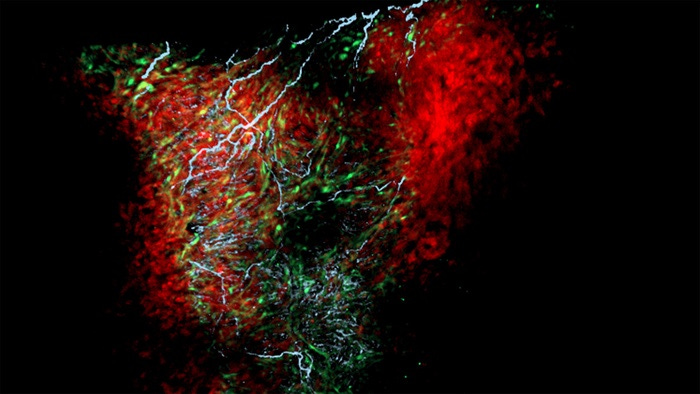There’s an entirely new view of the heart out there. It was published yesterday in the journal Nature and is an intricate cell-by-cell sketch of the organ
.What’s fascinating about this work is that it provides an unprecedented look at where cells sit in the heart and how they communicate. The atlas features eight regions of the heart and a look, at the cellular level, of the different cell types in the organ, specifically the ones that drive our heart beats.

The atlas is drawn from information taken from mRNA, the genetic material that tells your body how to make proteins; it lets us see what healthy cells are doing at the molecular level and what can go wrong, especially in diseases — like ARVC — that disrupt the heart rhythm.
The hope is this cellular atlas can help doctors find medicines that better target irregular heart rhythms and treat them. There’s also a slight hint that it could unearth an early warning sign of heart failure.
And, working with the atlas and another tool, the researchers found a possible connection between the heart cells that control the organ’s rhythm and the weight loss drugs I’ve written about recently.
The cells that set the pace of the heart beat, called pacemaker cells, actually have nibs on their surfaces that can connect with the molecules in the weight loss drugs. Ozempic and others have been linked with heart palpitations and a racing heart (and possibly suicide), and this new atlas might explain why. The drugs could interact with pacemaker cells, boosting heart beats. The team that created the atlas did see the effect in pacemaker cells grown from stem cells.

(For a side note on stem cells and the heart, check out this fascinating Guardian piece on stem cell-derived model human embryos. Another unrivaled view of the heart in early development.)
But back to the new heart atlas. Another thing that is so cool about it is an unexpected heart-brain connection. There seems to be a connection between pacemaker cells and one of my favorite cell types — GLIA!
Ok, ok, I will stop shouting, but glia are my favorite because I once wrote about how the non-neuronal nervous system cells might be the conductors of learning and memory. And, more recently, they’ve turned up in unexpected places, like the heart, spleen and lungs.
What glia were doing in the heart has been a mystery, one the atlas might help start to solve. An early take indicates that they might talk with the heart cells that send electricity through the organ. They may talk with pacemaker cells, lead nerve endings to them and facilitate the heart cells’ release of a chemical called glutamate. This is a chemical that transmits messages in your brain and plays an important role in heart cells firing off electrical pulses.

There’s obviously more to come about how pacemaker cells, nerves and glia interact, possibly something I’ll get into in the next newsletter, about the body’s superhighway— the vagus nerve.
More nerdiness in two weeks. :)



